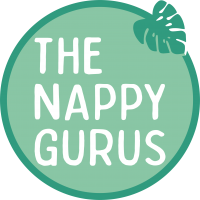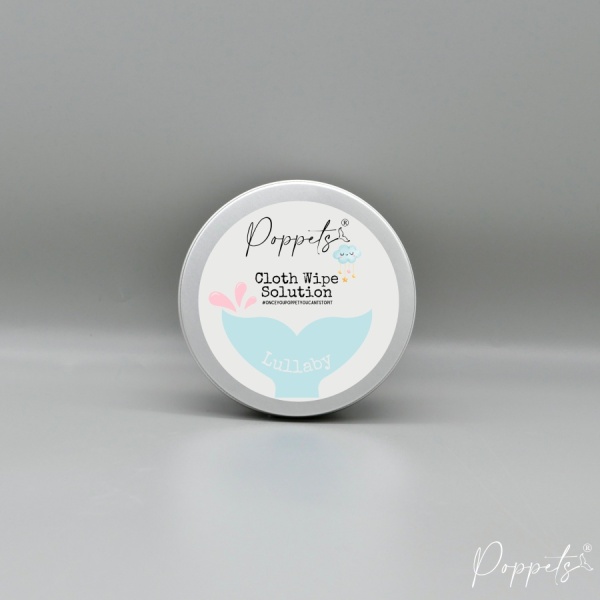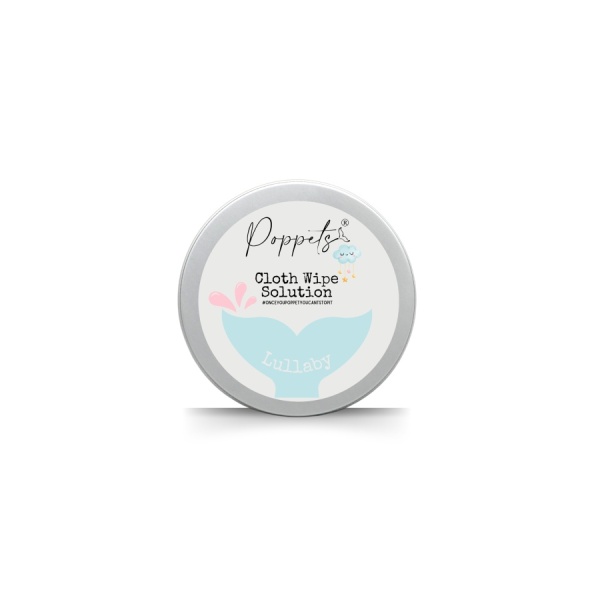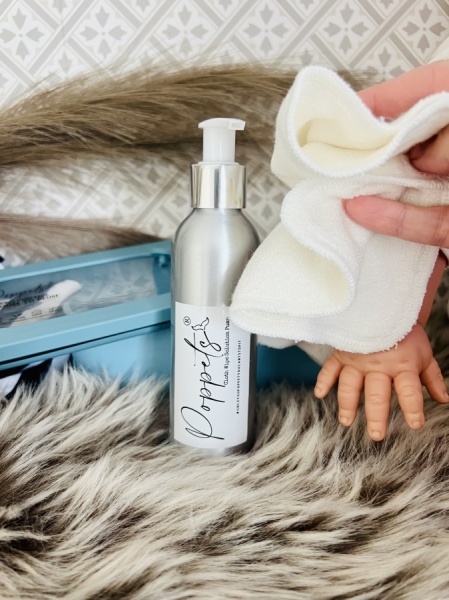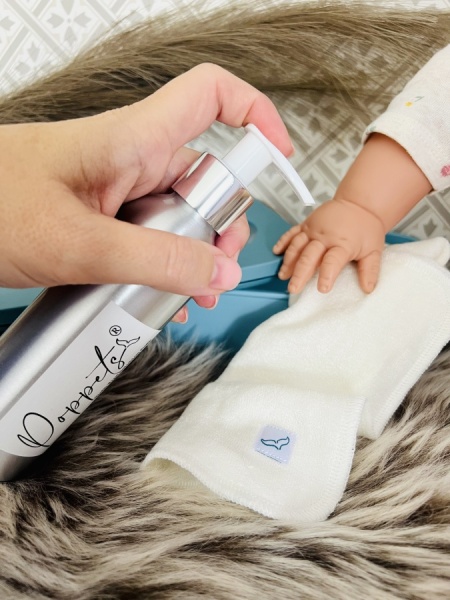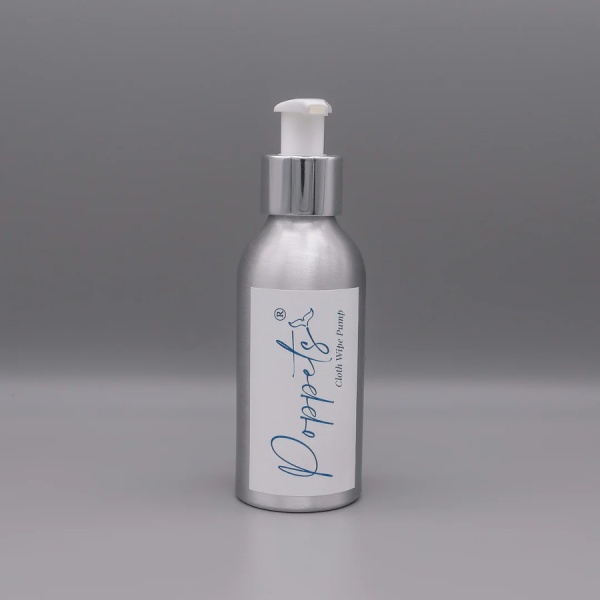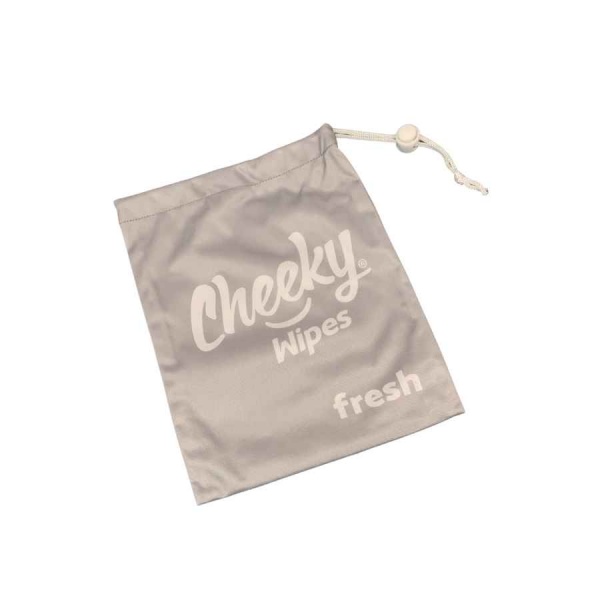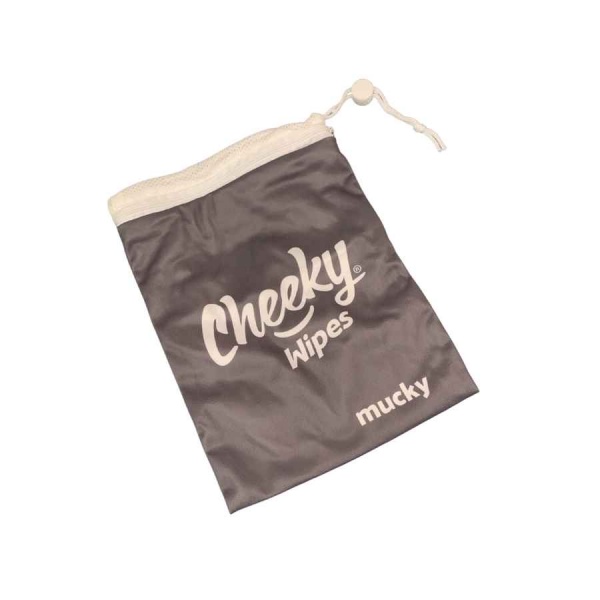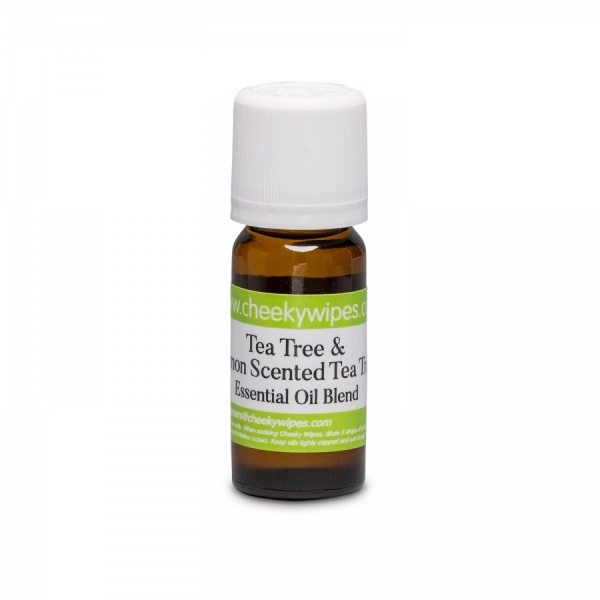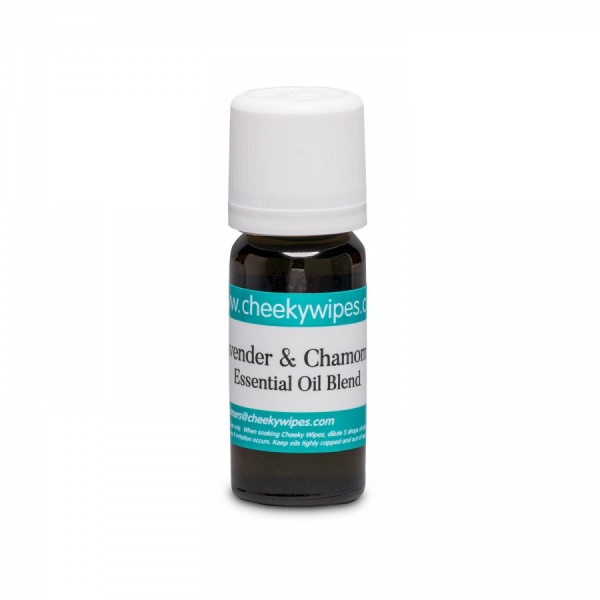WASHING YOUR REUSABLE NAPPIES & WIPES
Washing your reusable nappies doesn't need to be complicated, and actually it should be really straightforward. Reusable nappies can be washed in ordinary washing machines, with detergents that are available in your local supermarket. We do recommend checking manufacturers washing guidelines for any specific requirements, but here are some guidelines for general use. watch our video and follow our step by step guide below for the best way to wash your nappies:

Watch our complete guide to washing reusable nappies & wipes here: |
| PREWASHING YOUR NAPPIES |
Most manufacturers recommend washing your baby/s brand new nappies a few times before use to remove anything from the manufacturing process and to increase the absorbency of your nappies. This can be with any regular was at the correct temperature, as long as no fabric softener is used. Nappy covers need only be prewashed once before use. Nappy inserts/boosters, pocket nappies, all in one nappies, flat nappies and fitted nappies may need to be washed 3-4 times before first use to activate their absorbency. |
| STEP 1 - REMOVAL & STORAGE |
You may decide to use reusable or disposable liners in your nappies. Disposable nappy liners can be popped in the bin at change time, and reusable ones can be washed alongside your nappies. If you are changing a poo, the disposable liner should catch the worst of this. A reusable nappy liner can be stretched over the toilet bowl to release any solids. Note that disposable nappy liners should not be flushed. Although these are generally biodegradable, the sewage system does not have the right conditions for them to break down, and so much like disposable wipes they could cause clogs and bloackages. Nappies can then be placed in a bucket or hanging wet bag ready for wash day. Soaking nappies is not necessary or recommended. Rather, we recommend that nappies are "dry pailed" i.e. stored without soaking. You can use a lidded nappy bucket for this, or you may find it more convenient to use a storage bag (wet nappy bag). You can also use a wet nappy bag for storage when you are out as these are water resistant. DO ensure that any hook & loop fastenings are closed before washing- the "Twist & Stick" method will help your nappies looking great and you can find that in our video guide below. |
| STEP 2 - LOADING YOUR WASHING MACHINE |
If using a bucket lined with a mesh bag, you can simply place the bag and nappies into your washing machine. Same with a hanging nappy pail - simply undo the bag and shimmy the nappies out into the machine, washing the bag alongside them. We recommend having your machine no more than 3/4 full. Modern washing machines are designed to have lower water consumption, and as the fibres of your nappies are designed to absorb, having your machine too full will mean that there is just not enough water to effectively clean them. |
| STEP 3 - RINSE |
It is a good idea to always run a cold rinse cycle before your wash. This helps to remove any solids and flushes away urine, and will also help to prevent any stains from setting in. Run a rinse cycle rather than a pre-wash cycle, as this ensures that the water from the rinse is drained and not re-used in the hot wash cycle. |
| STEP 4 - WASH |
As a general rule you will be looking at either a 40° or 60° wash and use your machine's longest wash cycle to ensure a thorough clean. It is important to follow the manufacturers care guidelines when washing your nappies, and each brand will have it's own washing temperature guide. If your machine has an "extra water" function, use it. As mentioned above, modern washing machines are designed to be very water efficient, but this is not a great thing when it comes to washing super absorbent nappies! Washing nappies, the do's and don'ts:
Eco Balls and Soap Nuts can be effective for washing nappies (at 60°) for some, but others have not got on well with them. |
| STEP 5 - DRY |
Nappies can be line dried, dried on an airer or in a tumble drier on a low heat. Line drying - This will help to extend the longevity of your nappies over tumble drying, and the sun is a very effective stain remover! Non-heated airer - Ensure the room is well ventilated. These work great for microfibre based nappies and wraps, but more absorbent fibres such as bamboo and hemp will take a long time to dry. Heated airer - This can help to speed up the drying process. Nappies made of bamboo fibre and waterproof PUL layers should not be placed on direct heat, so always place a towel on the airer first to prevent damage to your nappies Tumble dryer - on a low heat, this is the most time effective way of drying your nappies. But it will also shorten the lifespan of your nappies over time. If you live in a hard water area, your nappies can feel very stiff after line drying, so a quick 10 minute blast in a dryer will help to soften them up. Indoor drying tips:
|

What do I do with poop with my newborn? |
Babies who are not yet on solid food have poo that is water soluble. It's usually also very runny, so using a nappy liner isn't always needed (or helpful!) unless you want to protect your nappy from barrier creams or make your baby more comfortable if your nappy doesn't have a stay dry liner. You might want to rinse your nappies before the wash, either by hand, into the toilet (some people use the shower head to rinse into the toilet, others hold the nappy over the toilet and flush) or in a washing machine rinse cycle. |
Do I need to wash nappies separately from other washing? |
You do not need to wash reusable nappies in a separate wash load if you don't want to. As all parents know, babies' clothing can often be covered in things that need a good wash, so it's fine for other items to be included in the nappy wash cycle. Remember not to include fabric softener in the wash cycle though, and don't over fill your machine. Reusable nappies will be better cleaned when they have room to move around in the wash, with enough water. |
Which wash cycle should I use for my nappies? |
Heavily soiled nappies should be washed at 60 degrees, if manufactures guidelines allow, for a full wash cycle. Some machines refer to this as a cotton cycle, but if you use a nappy liner this should help prevent your nappies from becoming too heavily soiled. Wet nappies, with no poo, can be washed at either 40 or 60 degrees. Nappies that contain a waterproof PUL layer should never be washed above 60 degrees as this can cause irreversible damage. |

No one wants stinky nappies. With cloth nappies you don't get that tell-tale wet nappy & chemical combo smell that disposables are infamous for. But every so often, cloth nappy parents will experience an unpleasant ammonia stink. There can be a number of reasons that our nappies suddenly start to make our eyes water:
Detergent build up
If you have followed our advice above, then detergent build up shouldn't be an issue, but it can happen. Check the rinse cycle in the machine - are there bubbles and suds? If so, then chances are your nappies are not being rinsed effectively. If this is a persistent issue, add an extra rinse cycle to your routine.
To actually solve the build up already present, you will need to strip them. There are 2 ways of doing this that we recommend:
- After washing, hang your nappies out in the rain and leave them for 24 hours. Rinse them in the machine after bringing them in and dry as usual - this method is particularly suited to British weather!
- Run a long wash cycle with no detergent, and a couple of extra rinse cycles at the end.
Chemical ammonia build up
This can occur over time where the urine in the dirty nappies converts to ammonia. Because ammonia is not water soluble, washing is not enough to keep on top of the problem. Running a strip wash as above is a good idea, but you will need to look at preventing the problem. Here are our top tips to help keep the urine from converting to ammonia:
- Keep dirty nappies as cool as possible - consider removing any bucket lids and position the bucket/bag in a cooler space with more air circulation
- Give the nappies a quick cold water rinse before placing in the nappy bucket
Bacteria build up
Has your little one just started to eat solids? This can sometimes trigger a change in your nappies as toddler poo is quite different to Newborn poo. The added bacteria can cause the ammonia conversion more quickly so you need to ensure that you nappies are getting cleaned thoroughly. Here are our top tips for preventing bacteria build up in nappies:
- Wash as hot as the manufacturer guidelines allow. If you are using separate nappies and covers the temperature you can wash the nappies at will usually be higher. You may have to wash the covers separately to ensure they don't get washed at too high a temperature.
- Rinse dirty nappies before placing the bucket
- Use disposable liners. They are an easy way to get rid of as much poo as possible before the wash. When things are more solid, a washable liner can be used and stretched over the toilet bowl to remove it.
- Add laundry sanitiser to your wash
Teething
During the teething stage you might find that the nappies are particularly bad. This is normal. Teething poo can be especially acidic, so it is a good idea to rinse the nappies or liners off before washing. This can be done by holding them in the toilet and flushing. Run a cold rinse cycle on your machine, wash at as high a temperature as the nappies allow (as per manufacturer guidelines) and on the longest setting, and add an extra rinse at the end.
